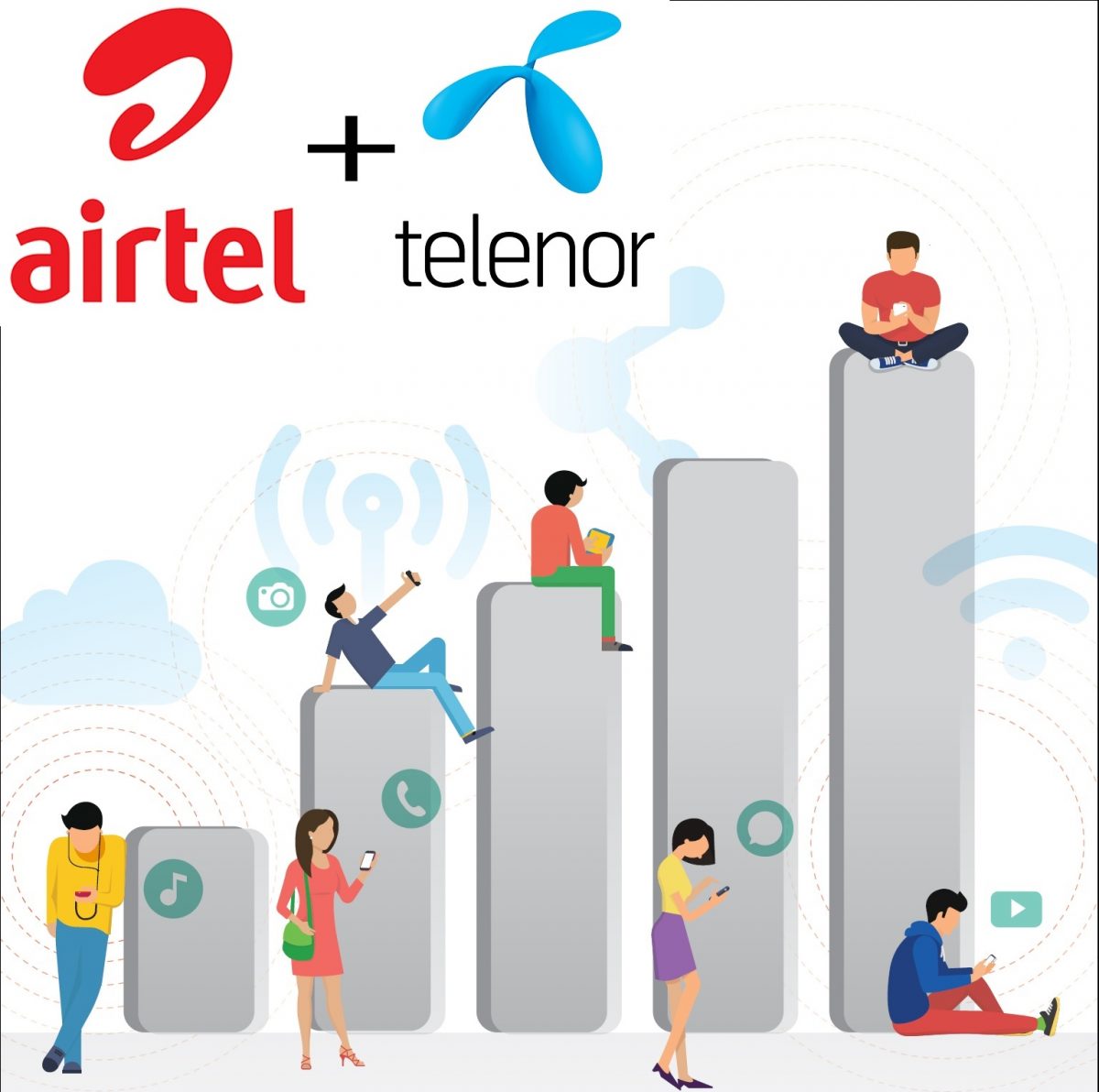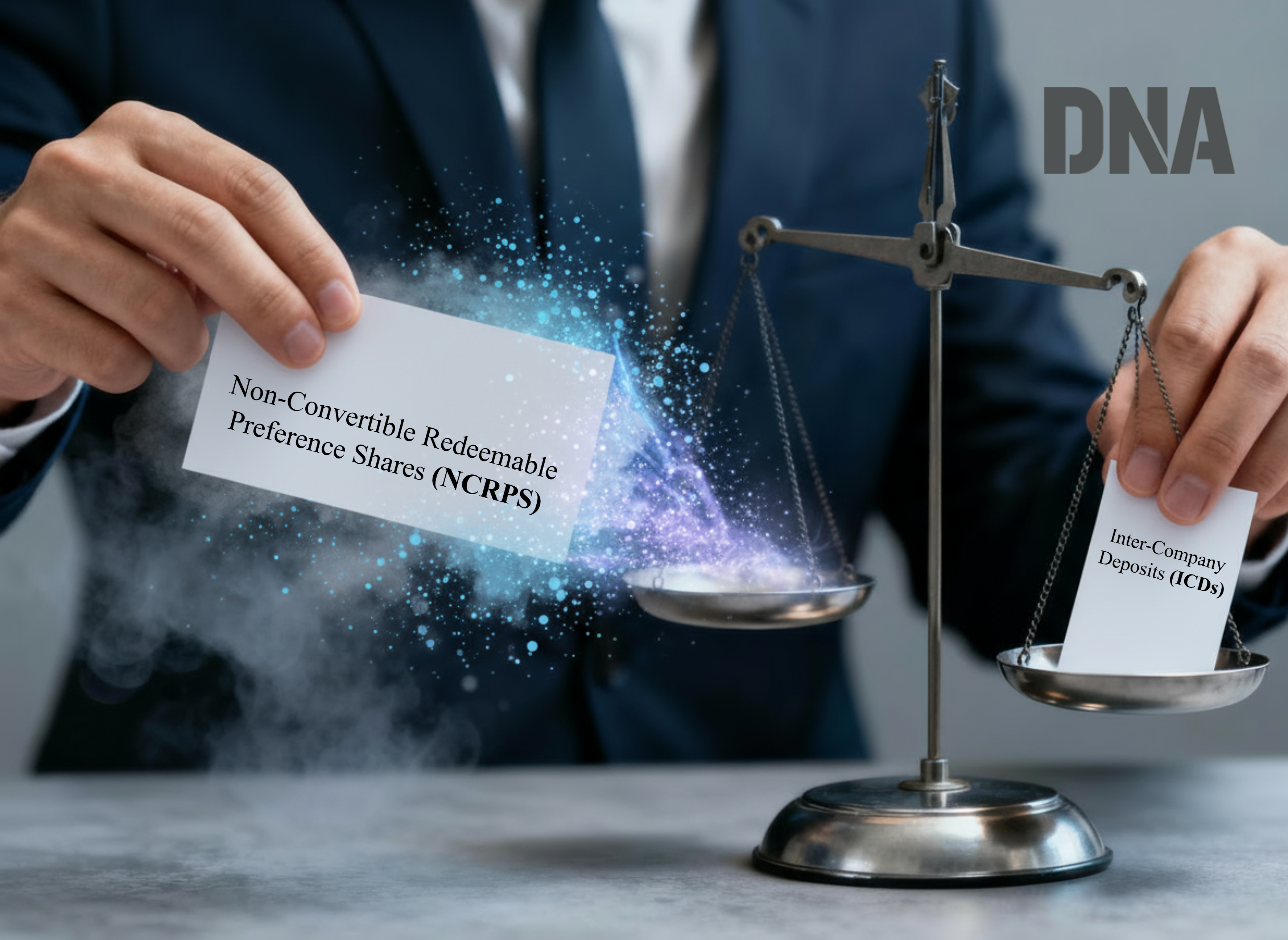Bharti Airtel is engaged in the business of providing global telecommunications with operations in 17 countries across Asia and Africa. In India, the Transferee Company products Offerings include 2G, 3G and 4G wireless services, mobile commerce, fixed line services, high-speed home broadband, DTH, Enterprise services including national and international long distance services to carriers.
TELENOR HISTORY
Telenor India is ultimately owned by Telenor ASA, a global telecom company with direct presence in 13 countries. Telenor India currently provides mobile services in six telecom circles (Andhra Pradesh, Assam, Bihar, Gujarat, Uttar Pradesh (East and West) and Maharashtra) in India with a subscriber base of over 54.3 million as of December 2016. In addition, Telenor India has 1800 MHz spectrum in Assam.
[rml_read_more]
The Unitech Group started with operation of the company. Then Unitech Group and Telenor Group enter a joint venture where Telenor would inject fresh equity investments of ₹61.35 billion (Rs. 6,135 crores) into Unitech Wireless to take a majority stake (67.25%) in the company. In September 2009, Unitech Wireless announced its brand name as Uninor.
In October 2012, the two companies signed an agreement under which Unitech transferred Uninor assets to Telenor and exited the joint venture. The exit to the stake held by Unitech 32.75% was not disclosed but it was approx Rs 1000 crore. Telenor subsequently formed Telewings Communications Services Private Limited, a joint venture with Lakshdeep Investments & Finance (Sudhir Valia). Telenor held a 49% stake in Telewings.
Lakshdeep contributed an agreed amount of equity into Telewings. On successful participation in the upcoming spectrum auctions and post all required government approvals, Telenor Group raised its stake in the company to 74% with investment of Rs 1,000 crore. Telenor Group will maintain operational control and upon necessary approvals, all assets of Unitech Wireless (Uninor) will be transferred to this company for seamless continuity of operations.
In 2014, the Telenor Group raised its stake to control 100% of Telewings with investment of Rs 780 crore, and the company became a wholly owned subsidiary. On 23 September 2015, Uninor announced it has re-branded itself as Telenor India. The Telenor Group spent ₹100 crore on the re-branding exercise. Telewings Communications Services Private Limited was subsequently renamed Telenor (India) Communications Private Limited.
TRANSACTION
Agreement to Merge Telenor (India) Communications Private Limited with Bharti Airtel Limited with Effective Date with consideration to the shareholders of Telenor as five shares to be issued by Bharti Airtel Limited in total.
Effective Date: Means the date on expiry of five days from later of
(a) Order filed with NCLT or
(b) Fulfilment of last of conditions precedent as set out in the Implementation Agreement
EXIT BY TELENOR
Telenor initially invested Rs 6,135 crore for 67.25% stake. After dispute with Unitech Group, it formed a joint venture with Sudhir Valia with 51% stake held by Sudhir Valia. Later on, Telenor increased stake to 100% with exit to the Sudhir Valia in two tranches at Rs 1,000 crore for first 25% and Rs 780 crore for balance 26% in 2014.
Now with Telenor’s exit with no consideration, the management believe that agreement is in the best interests of their customers, employees and Telenor Group as finding a long-term solution to India business has been a priority. Significant investment is needed to secure Telenor India’s future business on a standalone basis will not give an acceptable level of return.
The sale price is clearly very low for a business with 54.3m (subscribers) and R. 4800 crore revenues. Given the negative NPV (net present value) of the business at least Telenor did not have to pay a big negative price to exit.
As per the implementation agreement, there will be conversion of External Commercial Borrowings into equity shares issued and/or Repayment of Debt. But there is no clarity how much ECB will be converted in equity and other debt to be taken over by Airtel.
ACCOUNTING
The Amalgamation will be accounted in accordance with Indian Accounting Standard as notified under section 133 of the Companies Act 2013 read with Para 3 of the Companies (Indian Accounting Standard) Rules, 2015 and the other accounting principles generally accepted in India. Post-amalgamation, the net worth of Airtel will be reduced from Rs 69,827 crore to Rs 64,256 crore with carried forward loss of Rs 5,575.95 crore (Please Note: Telenor has negative net worth as on 31.12.2016 of R. 2097.85 crore)
BHARTI ACQUISITION
- The transaction, which won’t involve any cash payments to Telenor, will give Airtel access to 54 million customers (increasing its user base to 320 million), 43.4 megahertz (MHz) of spectrum in the 1,800MHz band and 20,000 base stations.
- Airtel will assume the Telenor unit’s liabilities related to licence fees and lease obligations for phone towers. That is Airtel will take on residual future liabilities including around Rs 1,600 crore of spectrum and Rs 4,000 crore lease obligations. There is no clarity on debt including ECB in books of Telenor, but it seems all the debt will be taken over by Airtel and ECB from Telenor might be converted into equity.
- Post-Acquisition Airtel Revenue Market Share will 34.30% as against Idea plus Vodafone 40.70%
- The Benefits of Carried forward loss of Rs. 5575.95 crore can be claimed by Airtel within one year with current profit size of the company
CONCLUSION
Nearly eight years after venturing into India, Telenor has decided to call it quits with no consideration and no outflow for future liability and current debt.
With the acquisition of Telenor, which has 54.3 million subscribers and 43.4 MHz spectrum and commitment to future liability of licences fees and lease obligations, Airtel will be able to gain in the long-run, but immediate tax benefits due to carried forward loss of Telenor can be claimed by Airtel.
With this consolidation, there will leave three main operators in the Indian telecom market and can potentially improve the profitability of all operators in the long term.




